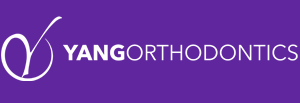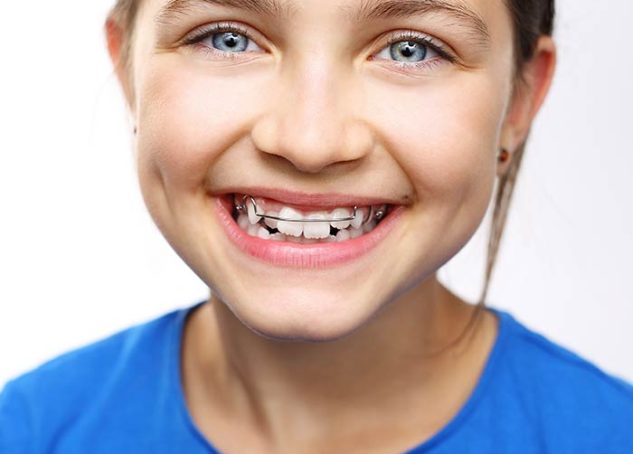Phase 1 is an early interceptive orthodontic treatment that helps correct issues in young children’s mouths. This treatment is typically prescribed to kids between the ages of 6-9 years. Understanding if your child needs a phase 1 orthodontic treatment will help you as a parent make the best decision for their quality of life.
Why Is Phase 1 Treatment Needed?
Phase 1 orthodontic treatment ensures that as the baby teeth are coming out, there is enough room for the permanent teeth coming in. This reduces the risk of overcrowding, which inevitably leads to crooked teeth. It treats bite growth and the jaw, including issues such as crossbite or underbite and sets up your child to have a beautiful smile into their adult years.
Early correction of the teeth can often prevent dental trauma, later removal of permanent teeth, or even jaw surgery. Leaving a severe condition untreated until all permanent teeth erupt could result in a problem too severe to correct with braces alone, such as loss of adult teeth.
What Does Phase 1 Treat?
Phase-One treats bite growth and the jaw, including issues such as crossbite or underbite. Early correction of the teeth can often prevent dental trauma, later removal of permanent teeth, or even jaw surgery. Leaving a severe condition untreated until all permanent teeth erupt could result in a problem too severe to correct with braces alone, such as loss of adult teeth.
What Happens After a Phase 1 treatment?
After your child has finished their Phase 1 therapy, Dr. Yang will provide them with around a year or so to “recover”. This gives their mouth enough opportunity to grow naturally so Dr. Yang will be able to assess and decide whether further treatments is even required.
Phase 2 orthodontic treatment can correct any problems involving the permanent teeth, many of which should have been reduced through the help of Phase 1 treatment. In certain instances, a Phase 2 treatment plan might not be needed if a patient’s requirements have already been met through Phase 1.
Phase 1 FAQ’s:
Does an expander hurt?
Your expander may take a few days to get used to. At first, chewing, swallowing, and talking may seem awkward. Your mouth or nose may be sore or tingly, or you may have a slight headache. Over-the-counter medications are all you need to treat this.
Why do young kids get braces?
Redistribution of spaces is important at a young age. Oftentimes, the goal is to move the teeth to facilitate the eruption of permanent ones. At this stage, we are more focused on the growth and development of the child, including skeletal, dental, and psychosocial issues.
I have an expander. Why do I see spaces between my front teeth?
That’s a sign the expander is working. Space between your front teeth may occur in about a week or so after starting expansion.
Do I need braces, even after Phase 1?
Yes. Phase 1 focuses on the growth and development of teeth and the jaw. The goal is not necessarily to align the teeth at this point. Most patients need a full set of braces/invisalign once all of the permanent teeth come in, which is referred to as Phase 2.
If you’re interested in learning more about Phase 1 treatment and if this is a good option for your child, give us a call or send us a text at 215-757-0864. You can also schedule a free consultation here!

